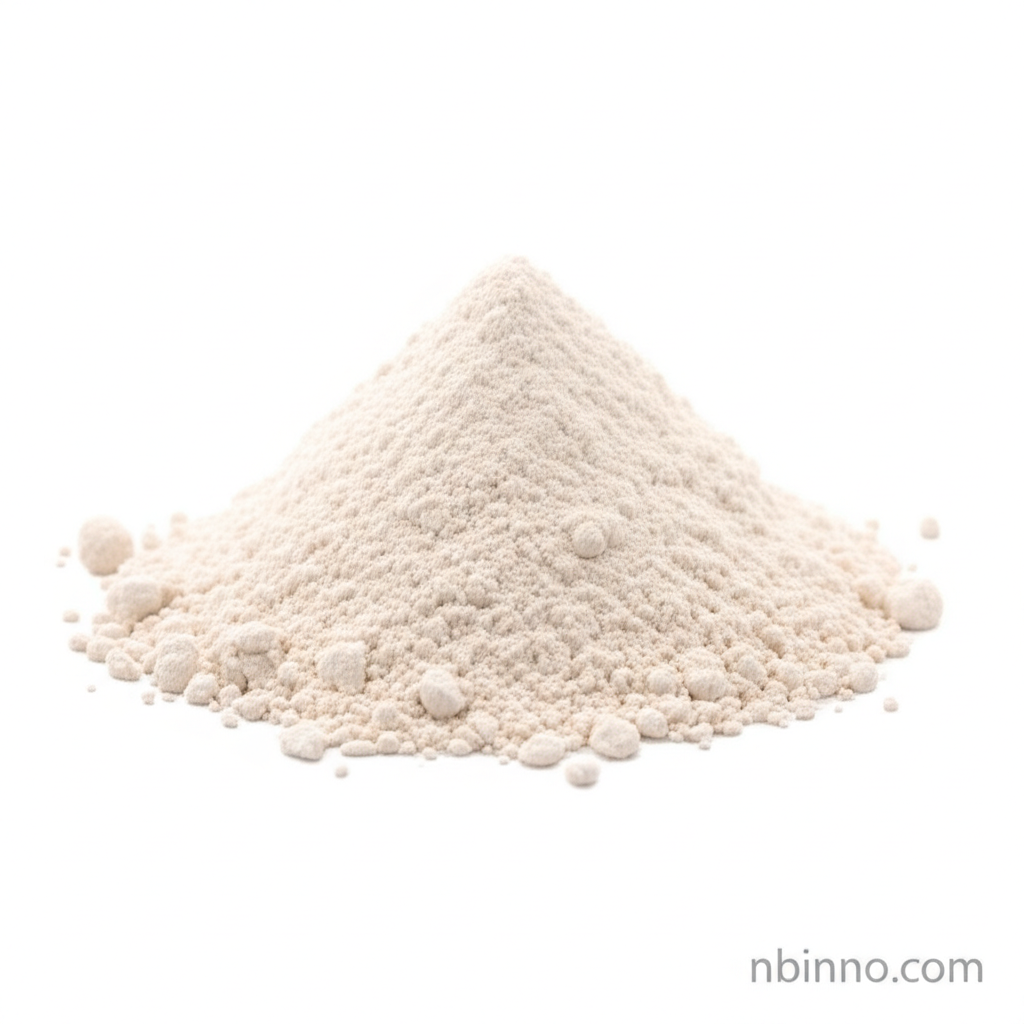2,4,4-Trimethyl-2-pentanethiol: Properties, Applications, and Chemical Reagent Uses
Discover the essential details of this versatile organic sulfide and its role in chemical synthesis and industrial applications.
Get a Quote & SampleProduct Core Value

2,4,4-Trimethyl-2-pentanethiol
This compound, also known as tert-octyl mercaptan, is a crucial organic sulfide with a molecular formula of C8H18S. It is primarily recognized for its utility as a chemical reagent in various synthetic processes and industrial applications. Its purity of ≥99.0% ensures reliable performance in demanding chemical applications.
- The properties of 2,4,4-trimethyl-2-pentanethiol include its appearance as an off-white to pink beige powder, making it easy to handle and store.
- As a key chemical synthesis building block, it plays a vital role in creating more complex organic molecules.
- This compound's potential as a lubricant additive offers enhanced performance in machinery and engines, contributing to smoother operation and extended lifespan.
- Understanding the specific CAS 141-59-3 properties is essential for researchers and manufacturers working with this substance.
Benefits and Advantages
High Purity and Reliability
With an assay of ≥99.0%, 2,4,4-trimethyl-2-pentanethiol provides consistent and dependable results in chemical reactions and formulations. This high purity is critical for sensitive synthesis and ensuring product quality.
Versatile Chemical Reagent
Its designation as a chemical reagent highlights its broad applicability in laboratory research and industrial synthesis. Exploring the various 2,4,4-trimethyl-2-pentanethiol uses can unlock new applications.
Potential in Advanced Applications
As an organic sulfide, it shows promise as a lubricant additive and in polymer modification, suggesting its utility in enhancing material properties and performance across different industries.
Key Applications
Chemical Synthesis
This compound serves as a vital chemical synthesis building block, enabling the creation of diverse organic compounds and intermediates for further processing.
Industrial Reagents
Its role as a chemical reagent extends to various industrial processes where precise chemical interactions are required.
Lubricant Additives
The unique properties of this organic sulfide make it a candidate for use as a lubricant additive, potentially improving wear resistance and friction reduction.
Polymer Modification
In polymer science, it may be utilized for modification purposes, altering the properties of polymers for specific end-use requirements.
